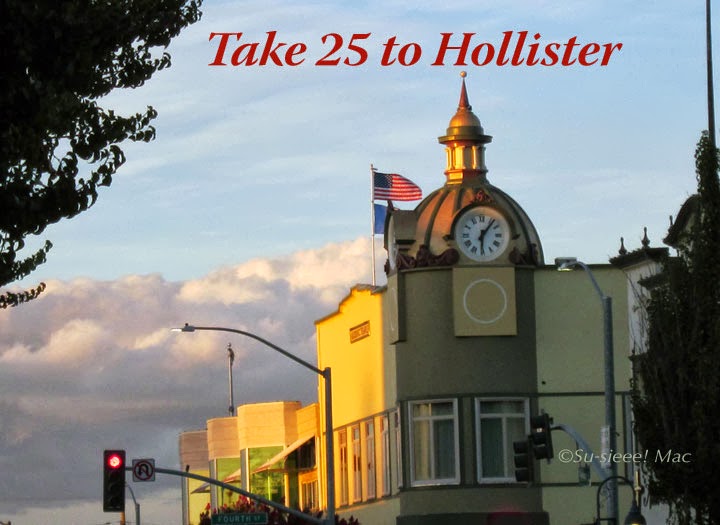435 San Benito Street

This one-story commercial building was constructed around 1900. The notes in the National Register of Historic Places describe this building as having "...a gable roof masked on the front (west) elevation by a simple rectangular parapet." There must've been a remodel after the early 1990s that removed the gable roof and added the second storefront on the south side of the building.
Occupying this site today is Design Line & Granger Printing (435 San Benito Street) and New Image Salon (437 San Benito Street).
439 - 443 San Benito Street

Built around 1920, this commercial edifice originally was one storefront listed as 443 San Benito Street. In the 1940s, it was divided into two sections. Today, the building is occupied by three businesses: Su Casita Multiservicios (439 San Benito Street), Aristotle Insurance Agency (441 San Benito Street), and Simple Mobile Solutions (443 San Benito Street).
510 and 512 San Benito Street

Here is another historic commercial building in Downtown Hollister that has been divided into two sections so it seems like separate buildings. This building was constructed around 1900. The entry way to the southern section is beautifully paved with bricks.
La Villa de Jerez Taqueria occupies the storefront at 512 San Benito Street. The one at 510 San Benito Street is vacant.
520 San Benito Street

This building was also constructed around 1900, possibly the same time as its neighbor on its north flank. A false stone siding gives it a look unique from other buildings in the Downtown Hollister Historic District. Only the Honorable Tattoos & Body Piercings occupies this site today.
526 San Benito Street
This one-story concrete-block building was constructed in the early 1950s, according to the National Register of Historic Places. But, I wonder whether that's correct. In 1947, bikers during the so-called Hollister Riot drove through Johnny's Bar & Grill, which continues to occupy the building today.
535 San Benito Street

This one-story commercial building was constructed around 1950. The architect did a great job designing it to blend in with the look of the other buildings in Downtown Hollister. The storefront has an attached garage in the rear that opens to Briggs Alley. The Hollister Sign Company is located in the garage space, while the storefront is currently vacant.
































